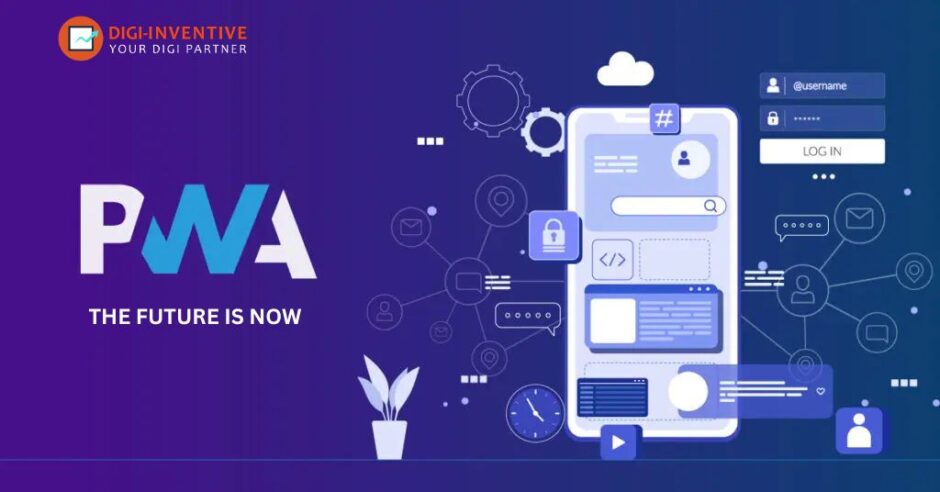Progressive Web Apps (PWAs): The Future is Now
The digital landscape is rapidly evolving. Users now demand seamless experiences daily. Indeed, Progressive Web Apps (PWAs) are bridging a crucial gap. They combine the best aspects of websites and native mobile applications. This innovative technology offers remarkable benefits. Therefore, businesses are rapidly embracing this change. This means PWAs are revolutionizing how we interact with the web.
Understanding Progressive Web Apps (PWA Fundamentals)
PWAs are simply websites built smarter. They deliver an app-like experience to users. Individuals can access them directly via a web browser. They are also easily installable on home screens. This means no app store visits are needed. Consequently, friction to engagement decreases significantly. A website development company like yours understands this value. Progressive Web Apps are designed for robust reliability. They load quickly, even on flaky networks. Furthermore, they provide essential offline capabilities.
Core PWA Features (Key Elements of Progressive Web Apps)
Several core features define a PWA. First and foremost, they are reliable. Service workers are background scripts. Their key function is enabling offline access and optimized caching. This means content loads even without internet. Moving on, they are fast. Optimized caching strategies reduce load times significantly. Pages appear almost instantly. This keeps users engaged on the site. Lastly, they are engaging. Push notifications enable re-engagement. These are like native app alerts. Users receive timely updates and offers.
Website vs. Native App: The PWA Bridge (Connecting Web and Mobile)
Traditional websites offer wide reach. Indeed, they are easily discoverable via search engines. However, they often lack app-like features. Native apps provide rich experiences. They access device hardware directly. Yet, native apps require downloads. They also consume device storage. In contrast, PWAs offer the best of both. They are discoverable like websites. They also deliver an app-like feel. This hybrid approach benefits many users.

The PWA User Experience Advantage (Enhanced User Interaction with Progressive Web Apps)
PWAs significantly enhance user experience. Firstly, their fast loading keeps users happy. No more waiting for content to appear. Moreover, offline access greatly boosts usability. Users can browse products even without an active connection. Furthermore, push notifications drive re-engagement effectively. They remind users of new content or offers. Thus, this consistent experience truly builds loyalty. Ultimately, user satisfaction greatly improves as a result.
Benefits for Businesses with PWAs (Commercial Advantages)
Businesses gain significant advantages from PWAs. Firstly, development costs are lower. A single codebase works across platforms. This greatly lessens the need for distinct iOS and Android apps. Secondly, they offer wider reach. PWAs are indexed by search engines. Consequently, this increases organic visibility. Thirdly, conversion rates often improve. Faster loading and better engagement lead to more sales. Flipkart in India, for instance, saw a 70% increase in conversions. OLX India reported 250% higher re-engagement. These are compelling success stories. Furthermore, updates are instant. There’s no waiting for app store approvals. Users always have the latest version. Ultimately, this streamlines maintenance efforts considerably.
PWAs in the Indian Landscape (Impact of Progressive Web Apps Locally)
India is a mobile-first country. Network connectivity can vary greatly. In this scenario, PWAs are particularly useful.Their offline capabilities are crucial. They work well on slower networks. This makes content accessible to more users. For instance, Flipkart Lite (a PWA) was a game-changer. It optimized shopping for low-bandwidth users. MakeMyTrip also saw increased engagement. They improved performance significantly. This shows strong PWA adoption. The “Digital India” initiative supports widespread digital access. PWAs align perfectly with these goals.
Implementing PWAs: A Developer’s Perspective (Technical Considerations)
Developing a PWA involves specific technologies. Service Workers are fundamental. They handle network requests and caching. An app’s visual presentation is set by its Web App Manifest. It controls its home screen icon. HTTPS is always a requirement. This ensures secure data transmission. Developers focus on progressive enhancement. This means core content always loads. More features are added for capable browsers. Therefore, a robust and versatile app emerges.
Overcoming Challenges with PWAs (Addressing Progressive Web App Hurdles)
PWAs still face some challenges. Browser support varies for all features. Safari on iOS, for example, has limitations. Implementing complex offline strategies needs care. Debugging service workers can be tricky sometimes. The device’s native capabilities can only be accessed partially. These include advanced camera controls or biometrics. However, the benefits often outweigh these limitations. Developers find workarounds or prioritize key features.
The Road Ahead for Web Applications (Future of Progressive Web Apps)
The future of web applications is progressive. Indeed, offering a powerful mix of web and app, PWAs provide top-tier user experiences. They also yield distinct business advantages. Consequently, more brands will surely embrace this technology. As web standards evolve, PWAs will grow stronger. They are defining the next generation of web development. Ultimately, Progressive Web Apps (PWAs) lead to a more accessible and engaging internet for all.

